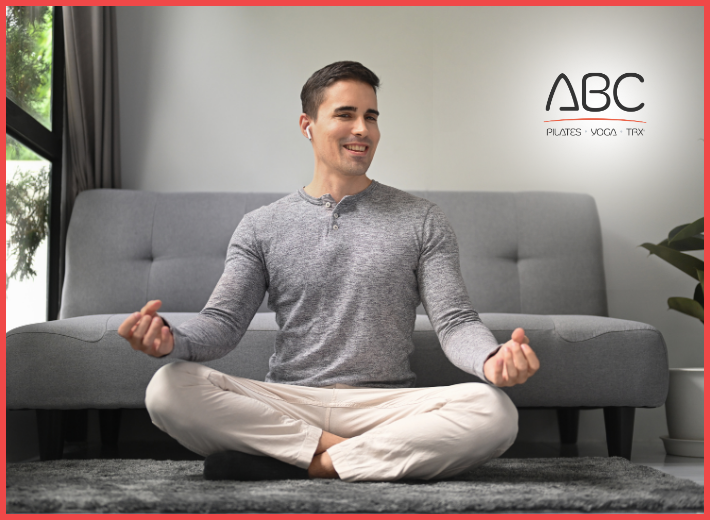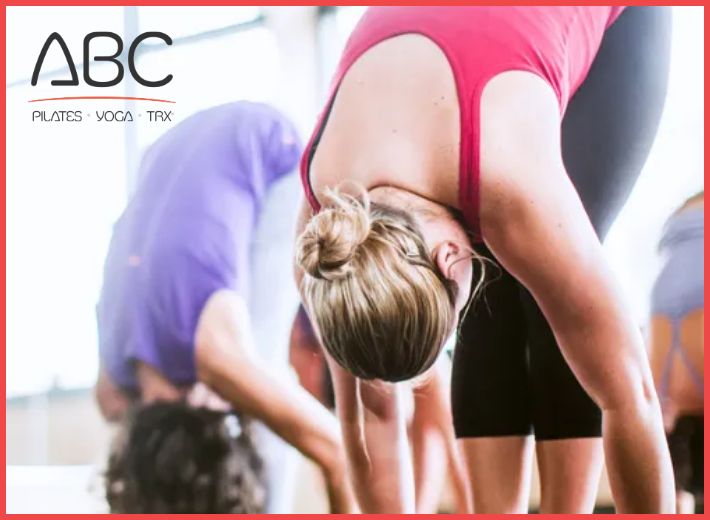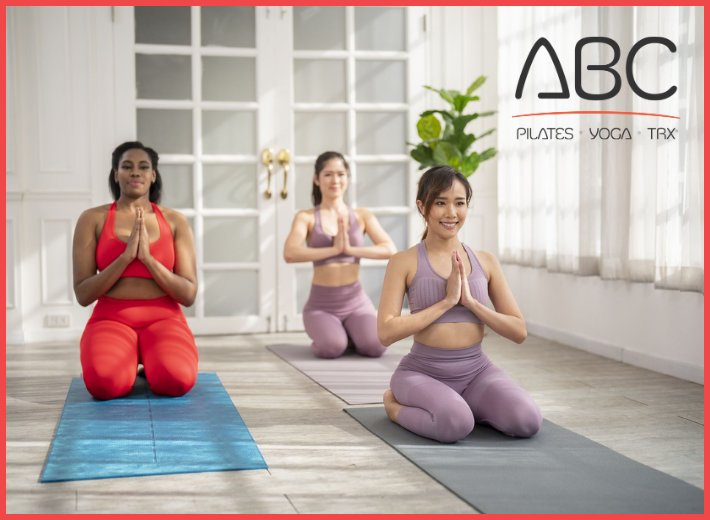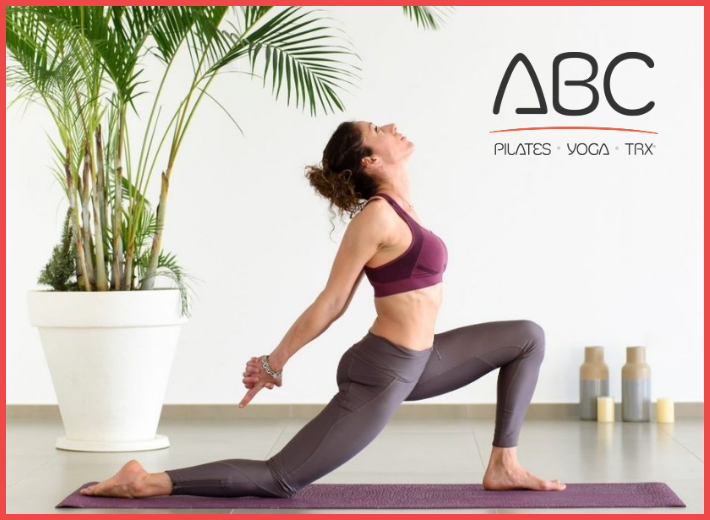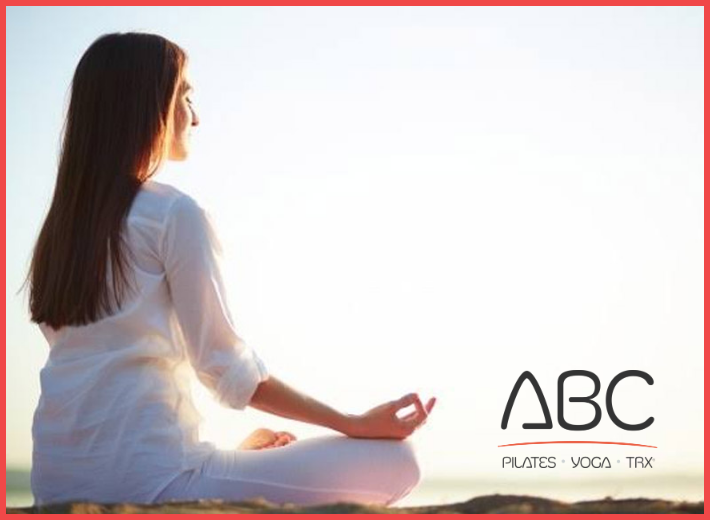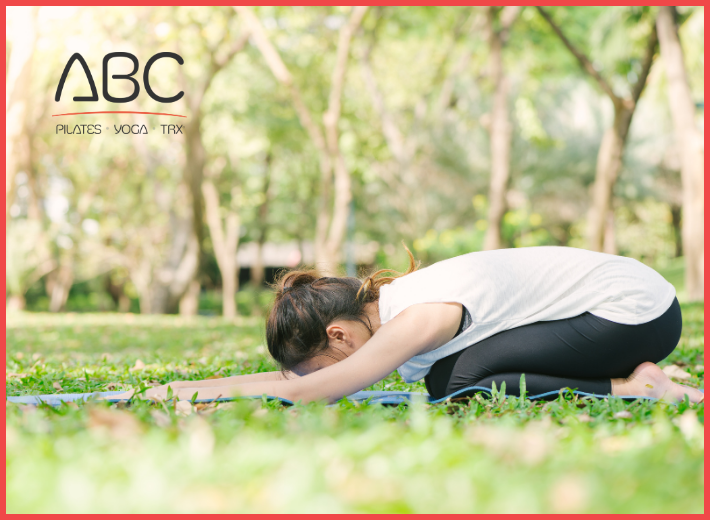
Unlocking a healthier, stronger you might be closer than you think. Pilates, often thought of as a practice for dancers and fitness enthusiasts, offers a surprising range of benefits that extend far beyond the gym. We have phenomenal classes for all levels! We even offer instructor training. If you want to talk Pilates, you’re speaking our language. Connect with us on any questions at any time!
8 Surprising Health Benefits of Pilates, According to Experts
If your exercise routine went out the window with your pre-pandemic life (same) or you’re looking for a workout that’s more nurturing and less drill-sergeant for your tired, achy body, look no further than Pilates: a low-impact form of exercise that emphasizes core stability, strength and flexibility.
But First, What Is Pilates?
“Pilates describes a philosophy and style of exercise that’s designed to strengthen the body’s alignment and balance through controlled movements and breathing patterns,” says Greta Wyeth, a California-based Pilates instructor and founder of Still Point Movement.
It’s named after its creator, Joseph Pilates, who developed the exercise and body conditioning system in the 1920s as a tool for healing.
“Initially, it was the dance community who embraced Pilates (originally called Controlology) to help with strength, flexibility and injury recovery and prevention,” says Wyeth. “Since then, Pilates has become a mainstream and accepted form of exercise to a broad range of populations, from the office worker with back pain to the professional athlete.”
It’s similar to yoga in the sense that both emphasize breath and mindful movement—however, yoga has more of an emphasis on the spiritual and meditative aspects of health, whereas Pilates is more anatomical, with an emphasis on alignment and control in physical movement.
No matter your lifestyle or fitness level, there are oodles of different Pilates exercises, approaches and modifications to both challenge and support your goals. “Pilates lays bare the imbalances in movement we all have that can lead to inefficient movement and eventual injury, and guides muscle activation to correct these imbalances,” says Wyeth.
With the myriad ways our lives have collectively been ravaged by the pandemic in particular, the holistic nature of Pilates and its emphasis on nurturing the mind-body connection can help revive the physical and emotional equilibrium we’ve been missing out on for eons.
Pilates Health Benefits
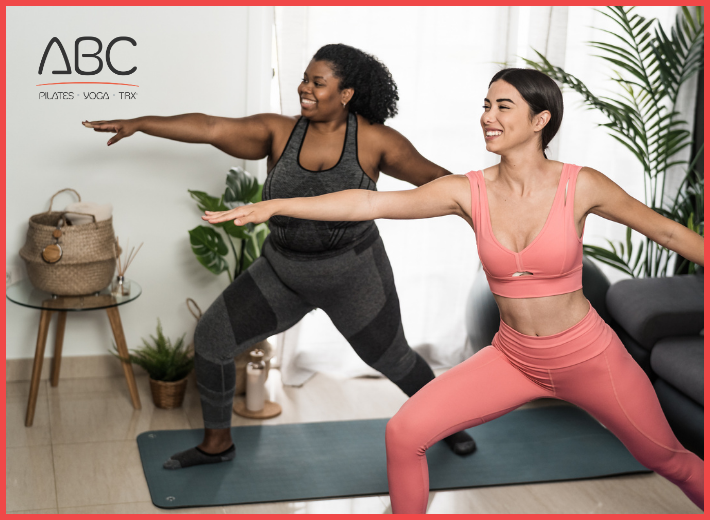
1. Builds core strength
Many of the exercises in Pilates develop and rely on core strength. “Specifically, transversus abdominis strength, which is the deeper layer of the abdominal muscles,” says Wyeth. “It’s these muscles that help stabilize the spine, lift the pelvic floor and support the diaphragm.”
This group of muscles create a support system that allows us to find efficiency and balance in movement, ease and mobility of breath, as well as fluidity and alignment in physiological work, Wyeth adds.
2. Improves posture
Pilates is heavily focused on improving postural alignment, with exercises designed to improve abdominal, glute and deep core musculature strength.
“Improving the strength of these muscles allows you to have a better base with which to maintain spinal alignment and upright posture,” says Maggie Mills, D.P.T., a physical therapist and co-owner of Fit Family Physical Therapy in Scottsdale, Arizona. “It also allows for decreased tension on your joints and ligaments, including those in the shoulder and neck.”
3. Improves flexibility and mobility
Pilates utilizes fluid movement and dynamic stabilization exercises to improve range of motion and mobility.
“Fluid movement helps to naturally relax the nervous system, which often impacts flexibility and mobility (in addition to actual muscle length),” says Mills. “Repetition with these fluid movement patterns allow you to improve range of motion over time, as a result of muscle length improvements and nervous system inhibition.”
4. Decreases back pain
The flimsier your core, the higher your risk of back pain. “Because Pilates focuses on core-strengthening as a basis, specifically targeting positional control of the lumbopelvic region, the movement patterns reinforced through your Pilates practice can be carried over to many other dynamic activities,” says Mills.
So Pilates can help protect you from experiencing back pain not only during other workouts, but also during daily activities, like lifting, reaching and bending over.
5. Improves balance
A strong core helps the body successfully enact many of its automated processes, including maintaining our balance.
“Our muscles are the output of our balance system—specifically the core, since it’s near our center of gravity,” says Mills. “Because Pilates utilizes core strengthening as a foundational component of exercise, this allows us to have well-functioning balance systems.”
6. Decreases stress
Exercise has been shown to increase endorphins (the brain’s feel-good neurotransmitters), which acts as a natural stress-reliever.
Pilates also utilizes breath control—another effective way to not only reduce stressful feelings in the moment, but balance out the body’s autonomic nervous system and ease long-term symptoms of stress-related disorders, like anxiety and depression.
“The increased respiratory exchange helps oxygenate the body’s tissues, improving energy, mood and cognition,” says Karena Wu, D.P.T., a physical therapist and owner of ActiveCare Physical Therapy in New York.
7. Improves your other workouts
Because Pilates emphasizes quality of movement and control through movement, it can serve as a nice complement to other forms of exercise.
Stability through the core and lumbopelvic region can be essential for more dynamic exercises. “Pilates can enhance workouts, like distance running or high-intensity activities, since it helps to recruit deeper stabilizers and allows for better kinetic chain mobility of the limbs,” says Wu. As a result, your body functions better as a whole.
Pilates is also complementary to strength-training and weight-lifting workouts, in that it builds core and postural muscle strength, while protecting joint health and decreasing joint loading.
8. Prevents and rehabs injuries
Where Pilates shines most, though, is through its ability to decrease risk of injury and pain—and rehab injuries that have already happened.
“It’s primarily low-impact, so people with joint and muscle issues can use it to help develop sustainable methods to work the body without creating extra stress or irritation during movement,” says Vanessa Johnson, NCPT, master trainer for Club Pilates.
Each move can be modified so that athletes and non-athletes alike can find a way to make their body move in the most efficient—and effective—way possible.
“Improved core, glute and shoulder strength and stability helps the body maintain stability through traditional exercise and sporting activities, which allows for protection of joints and ligaments while running, jumping and changing direction,” says Mills.
It also promotes flexibility, which protects muscle and tendon health, putting you at decreased risk for strains and tears.
“In many cases, people are referred to Pilates as a modality to help with recovery from many ailments,” says Johnson. “It’s heavily relied upon because it truly is a ‘one-stop shop’ for fitness.”
Invest in your health and happiness! Join a Pilates class at ABC Fit Studio and experience the benefits firsthand. If you’re interested in Teacher Training — we can help with that too! Call us today at (949) 305-3310 and visit our Instagram @abc_fitstudio for inspiration and community.
Reference: [ https://www.eatingwell.com/article/7920034/health-benefits-of-pilates/ ]



